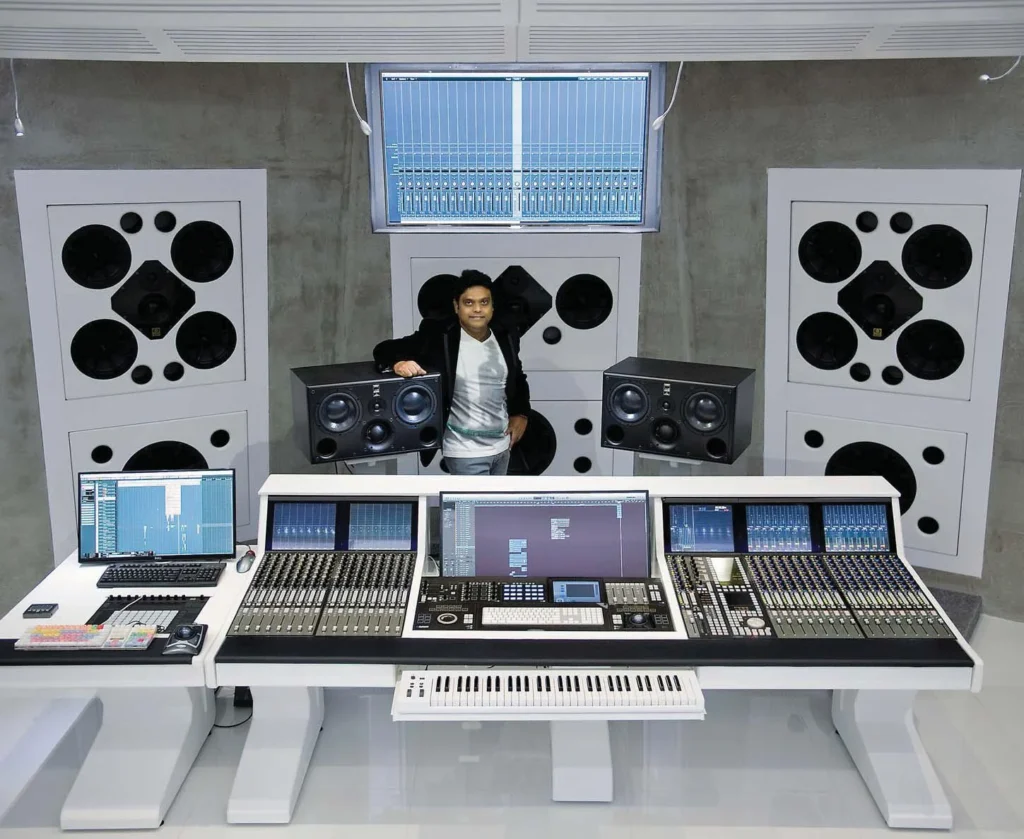Achieving crystal-clear sound projection is a fine art that demands more than premium equipment. It requires an intimate understanding of acoustics and the strategic deployment of PA speakers. So, this guide aims to demystify the complexities of sound projection, ensuring your messages reach the audience and resonate with them.
The Cornerstone of Clarity
Selecting the appropriate PA (Public Address) speakers is the first step towards mastering sound projection. These devices are not just vessels for amplifying sound; they’re the backbone of your audio setup, tasked with delivering sound accurately and efficiently across different spaces. Whether you’re setting up for a live concert, a conference, or an outdoor event, the choice of speakers can make or break the audio experience.
Assessing Your Acoustic Environment
Before setting up, take a moment to assess the space. Is it an open area susceptible to external noise and wind? Or is it an enclosed room where sound can bounce off walls and create echoes? Understanding the acoustic challenges of your venue will guide you in choosing alternatives with the correct specifications to counteract these issues.
Power and Portability
Power and portability often stand at opposite ends in the quest for optimal projection. However, technological advancements have seen the rise of lightweight, powered PA speakers that do not compromise performance. These units come with built-in amplifiers, reducing the need for external equipment and making setup a breeze. When selecting these speakers, consider their output capacity and ease of transport to ensure they align with your event’s demands.
The Art of Positioning
The aim is to distribute sound evenly throughout the venue, ensuring every listener experiences the same audio quality. To achieve this, place the main speakers at the front of the room, angled slightly towards the centre to cover a wider area. For larger venues, consider using additional speakers placed further back to fill in any gaps in coverage.
Avoiding the Pitfalls of Poor Acoustics
Feedback and echoes are common challenges that can detract from the listening experience. To mitigate feedback, keep microphones in front of the speakers and as far away as possible from their direct path. To reduce echoes, particularly in reverberant spaces, use speaker stands to elevate the speakers, allowing for more direct sound projection and less surface reflection.
Fine-Tuning Your Setup With Equalisation
Achieving optimal sound projection continues after speaker selection and placement. The fine-tuning process is critical in adapting the audio output to your event’s specific needs and your space’s characteristics. Equalisation (EQ) is a powerful tool in moulding the audio output to fit the acoustics of your environment. Adjusting the frequencies can enhance speech intelligibility in presentations or add depth to music performances. Start with a flat EQ setting and adapt based on the room’s acoustic feedback and your audio’s content.
Orchestrating the Experience
A mixing console allows you to balance the sound from different sources, whether it’s multiple microphones or a combination of instruments and vocals. Through careful mixing, you can ensure that all elements are heard clearly and harmoniously, enhancing the overall quality of your audio projection.
Engaging Your Audience
While the technical aspects of projection are crucial, the end goal is to connect with and engage your audience. This means going beyond just the auditory experience to consider the event’s visual and atmospheric elements. Lighting, visuals, and stage design all play a role in creating an immersive experience that complements the audio.
Conclusion
Mastering the airwaves and achieving optimal sound projection is a nuanced process that blends art with science. By selecting the right PA speakers, understanding the intricacies of your acoustic environment, and fine-tuning your audio setup, you can elevate the auditory experience for your audience. The goal is to project sound and create a memorable experience that resonates long after the last note fades.
